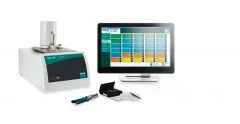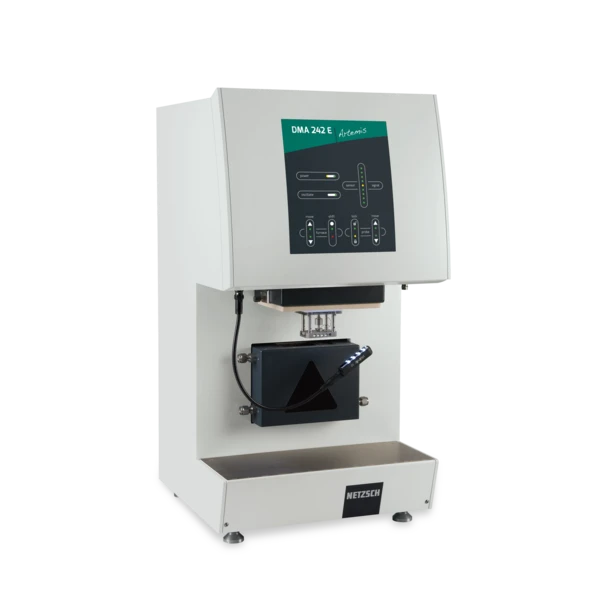
13.02.2020 by Milena Riedl
How to Analyze Automotive Thermoplastic Parts for Failure
Thermoplastic parts can fail. This is no secret. However, when it has happened it is crucial to find out the reason for the failure of a part. Here is a short list of thermal analysis techniques and which questions they can answer in your failure analysis.
Thermoplastic parts can fail. This is no secret. However, when it has happened it is crucial to find out the reason for the failure of a part. Then, removing the cause of defect takes priority.
For the analysis of the cause of failure of injection-molded thermoplastic parts, a superior level of expertise in material science, production methods and analytical instrumentation is required. There is a wide array of failure scenarios that can occur. Possibilities range from misuse and unintentional service conditions to design faults, molding issues, StressStress is defined as a level of force applied on a sample with a well-defined cross section. (Stress = force/area). Samples having a circular or rectangular cross section can be compressed or stretched. Elastic materials like rubber can be stretched up to 5 to 10 times their original length.stress, overload and degradation.
Thermal analysis instruments are powerful tools for failure analysis. Here is a short list of thermal analysis techniques and which questions they can answer in your failure analysis:
Differential Scanning Calorimetry
- Was the material contaminated with a different material?
- Did the supplier provide the correct material composition for my thermoplastic part?
- What is the Crystallinity / Degree of CrystallinityCrystallinity refers to the degree of structural order of a solid. In a crystal, the arrangement of atoms or molecules is consistent and repetitive. Many materials such as glass ceramics and some polymers can be prepared in such a way as to produce a mixture of crystalline and amorphous regions.crystallinity of the material? Is there any potential for post-CrystallizationCrystallization is the physical process of hardening during the formation and growth of crystals. During this process, heat of crystallization is released.crystallization?
Thermogravimetric Analysis
- Was the material filled with the right amount of fillers, plasticizer and modifiers?
- Was the material thermally stable to withstand service temperatures?
- Did the material absorb water?
Thermomechanical Analysis
- Did the material change its dimensions at service temperatures?
- Was there residual StressStress is defined as a level of force applied on a sample with a well-defined cross section. (Stress = force/area). Samples having a circular or rectangular cross section can be compressed or stretched. Elastic materials like rubber can be stretched up to 5 to 10 times their original length.stress in the molded part?
Dynamic-Mechanical Analysis
- Did the material have the same mechanical properties at service temperatures?
- Did the material degrade at a faster rate than anticipated?
- Did the material lose its mechanical properties due to liquid interactions?
These few questions give you a short overview of the wide field of questions in failure analysis that can be answered with thermal analysis instrumentation.
We will continue talking about failure analysis!
Subscribe to our newsletter and follow us on LinkedIn to stay tuned!


